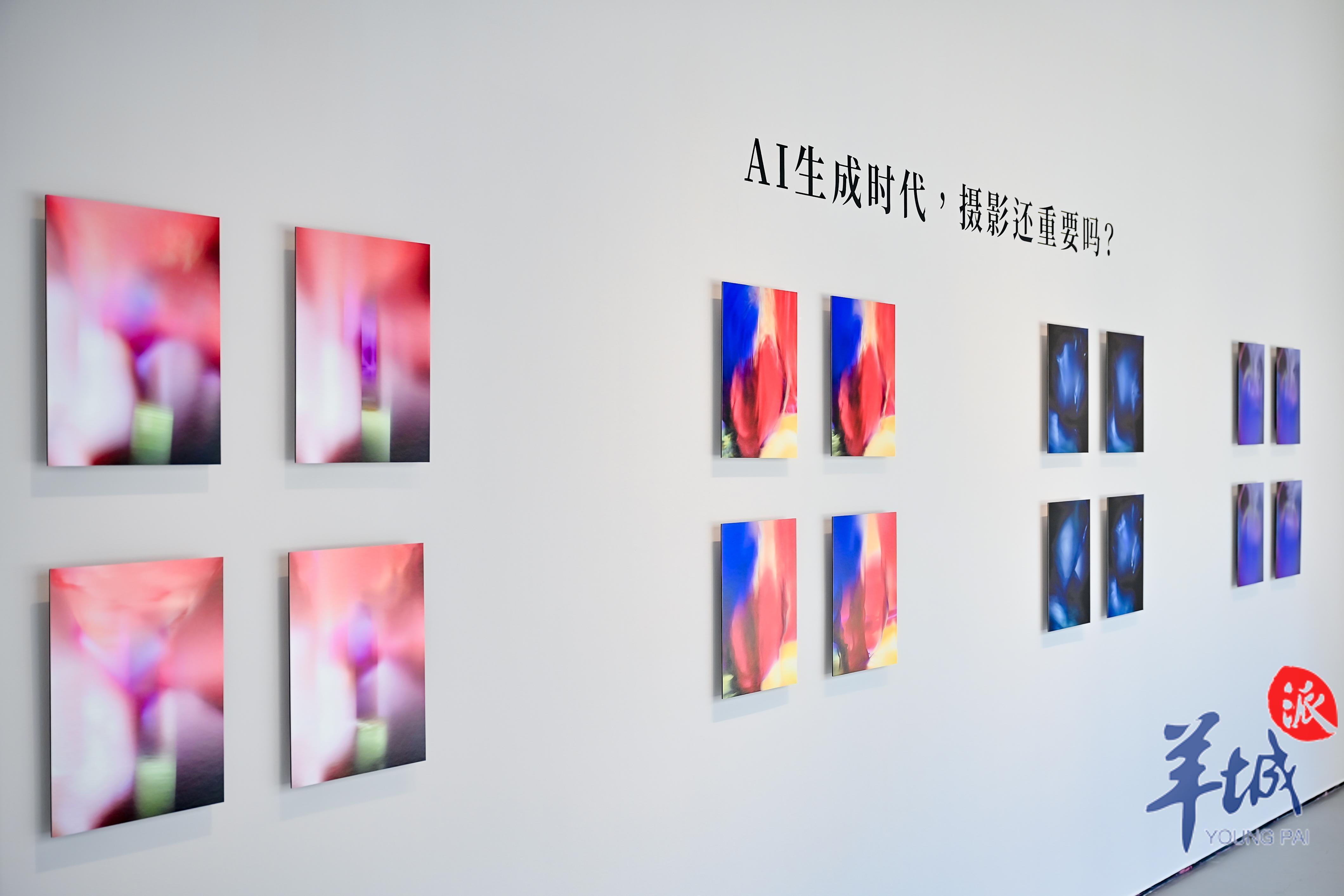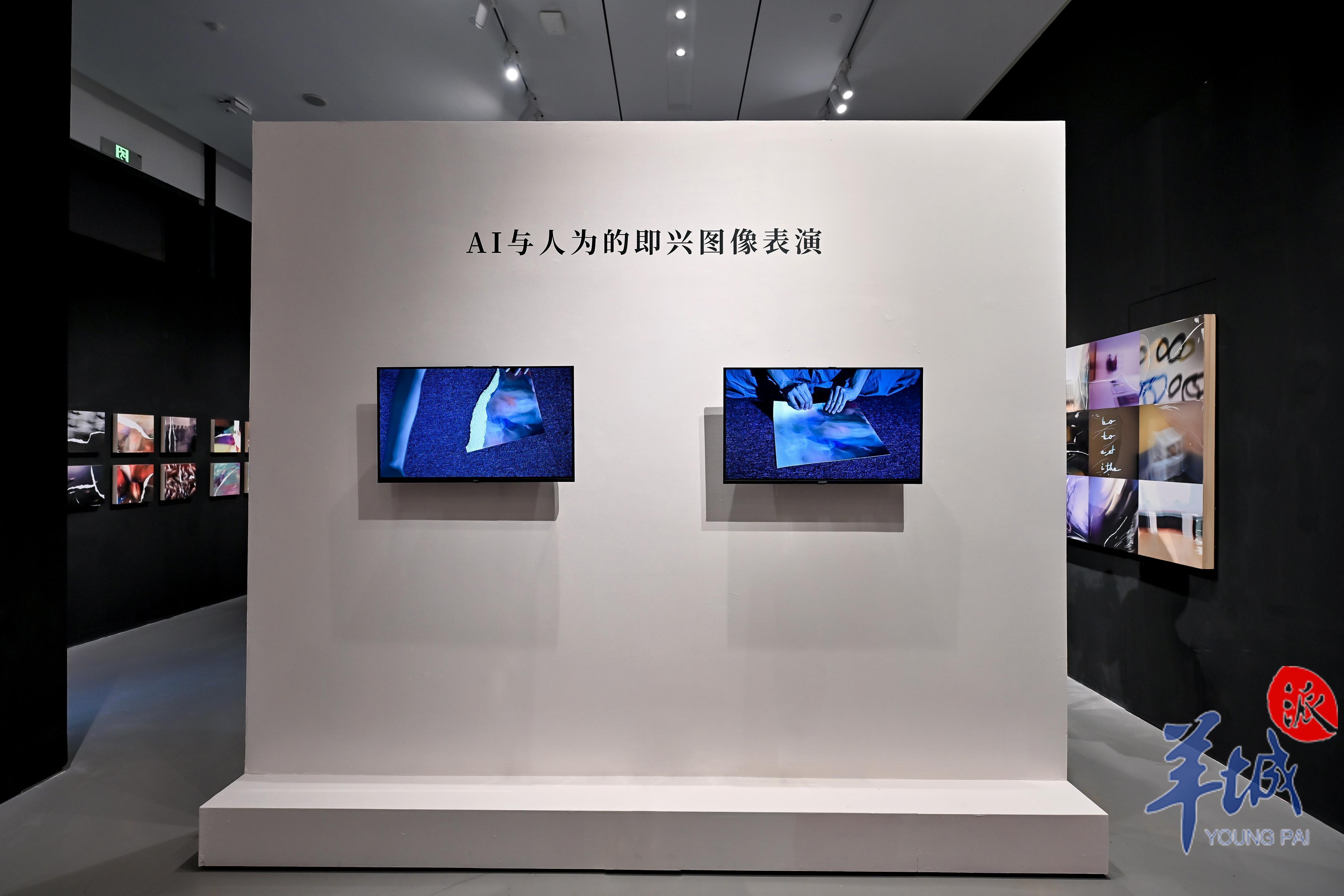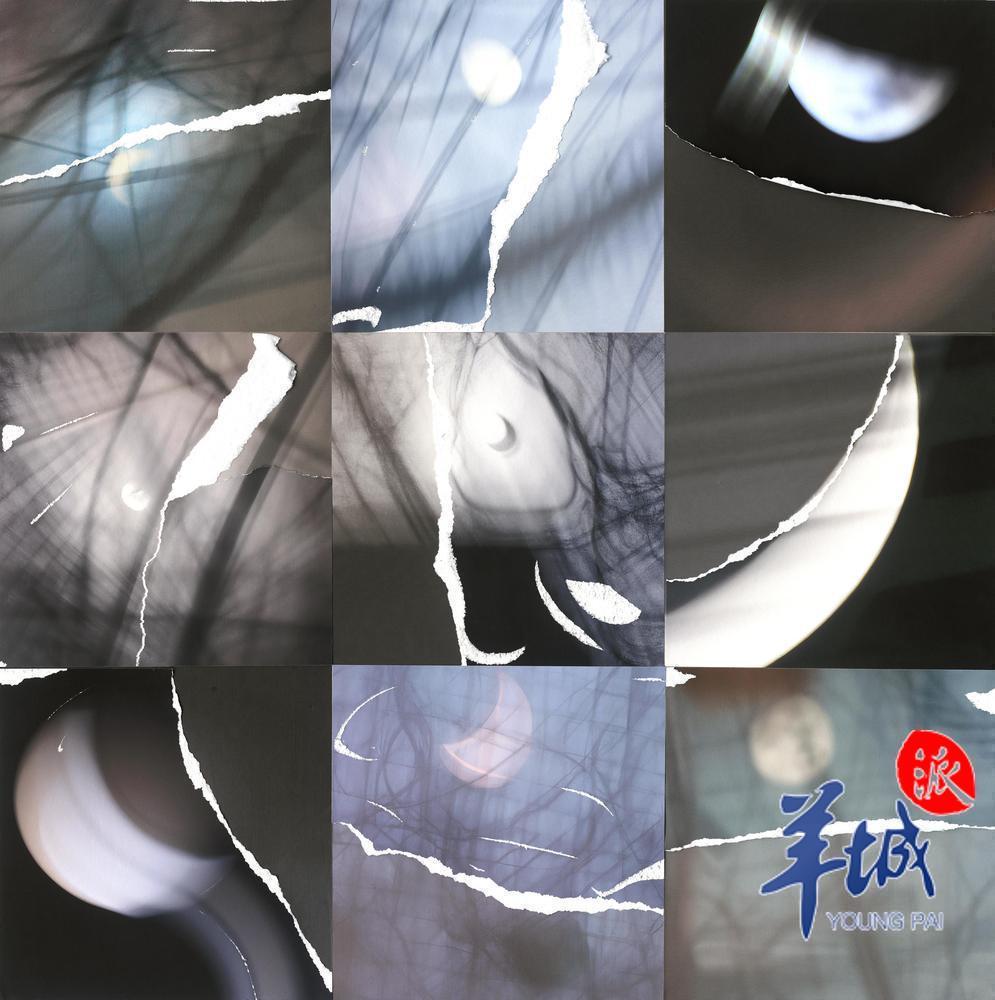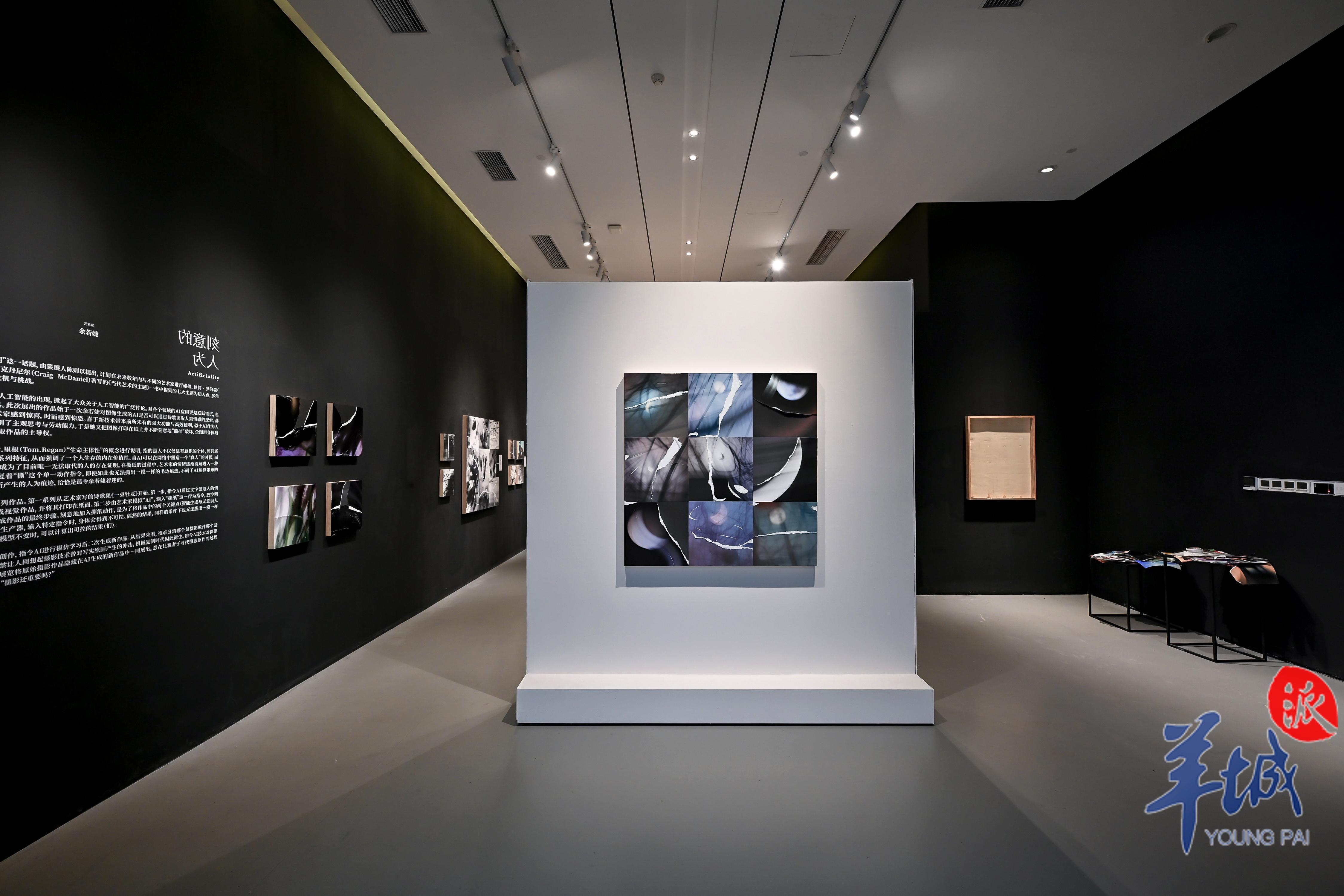
From October 26th to December 10th, the solo exhibition "Deliberate Artificiality" by Yu Ruojie is open to the public at the Xiamen Powerlong Art Center, presenting over 70 of the artist's latest works.
Yu Ruojie, one of China's post-90s emerging artists, is adept at employing mixed media such as visuals, installations, paintings, new media, and texts. Through continuous interdisciplinary artistic practices of visual input and output, her works employ a creative paradigm of partially "obscured visuals" to establish emotional connections between viewers and societal-cultural issues.

The exhibited works this time originated from her reflections: Can AI, in the process of generating images, understand the emotions attributed by humans through poetry? This inquiry encompasses reflections on the potential impact of AI on human subjectivity and a reevaluation of the historical-philosophical idea of "proof of human existence" from a current materialistic perspective.

The exhibition "Deliberate Artificiality" comprises two series of works. The first begins with a poetry collection "A bouquet of peonies" written by a human artist. In the first step, the AI is instructed to read human emotions through the texts, while the artist controls the computational model to generate visual works, which are then printed on paper. In the second step, the artist simulates the "AI" to spontaneously "tear the papers" according to the action instructions with unconscious bodily actions, which completes the final stage of the works. According to Yu Ruojie, the act of tearing papers aims to contrast intelligent generation and unconscious human behavior, so as to demonstrate the inability of humans to produce identical traces under the same conditions, which can be done by AI with algorithmic support.

The second series features the selected photographic works by Yu Ruojie, from which the AI learns by imitation to generate new works. Judging from the results, it becomes challenging to distinguish between the original photographs and the AI-generated pieces. The intention of this series is to stimulate divergent thinking: photography has once impacted realistic painting, and now, the advent of AI is also impacting photography. In this exhibition, the original photographic works are mixed with AI-generated new pieces, provoking the viewers to think about the significance of the original works or photography.

The exhibition, supported by the Lí Gallery, initiated a preliminary discussion on "proof of human existence in the era of artificial intelligence" led by the curator Chen Zeyi. His plan is to engage with artists from different fields in the coming years, exploring the crises and challenges provoked by new technologies in the grand era from multiple perspectives.
AI能从诗歌中理解人类情感吗?90后新锐艺术家带来新思考
10月26日至12月10日,余若婕个展《刻意的人为》在厦门宝龙艺术中心开幕,现场呈现艺术家最新创作的70余件作品。
据悉,余若婕是我国90后新锐艺术家,擅长运用影像、装置、绘画、新媒体、文本等混合媒介,通过视觉输入与输出进行长期跨学科艺术实践。其作品以局部“朦胧态”视觉的创作范式,使观者对社会文化议题进行情绪链接。
本次展出的作品源自余若婕的思考:AI在图像生成过程中,能够通过诗歌读取人类在其中赋予的情感吗?其中既有“AI对人类主体性有着潜在影响”的思考,也是从当下唯物论角度重新思考“人的存在证明”这一历史哲学论题。
其中,《刻意的人为》展览包括两个系列作品:一是从艺术家写的诗歌集《一束牡亚》开始。第一步,指令AI通过文字读取人的情绪,由艺术家控制运算模型从而生成视觉作品,并将其打印在纸面。第二步由艺术家模拟“AI”,自行完成“撕纸”这一行为指令,仅由无意识的身体主导动作,完成作品的最终步骤。据余若婕介绍,刻意地加入撕纸动作,是为了将作品中的两个关键点(智能生成与无意识人为)进行对比,证实人类无法在同样的条件下撕出一模一样的痕迹,而AI却能够在算法支持下形成可控的结果。
第二系列由余若婕选取一部分摄影创作,指令AI进行模仿学习后二次生成新作品。从结果来看,很难分清哪个是摄影原作哪个是AI生成品。该系列作品旨在提出发散思考:摄影技术曾对写实绘画产生的冲击,而如今AI技术的到来也对摄影技术产生冲击,本次展览将原始摄影作品隐藏在AI生成的新作品中一同展出。意在让观者于寻找摄影原作的过程中思考“摄影原作还重要吗?”或者说“摄影还重要吗?”
据悉,本次展览由离画廊支持,策展人陈则以开始了对“人工智能时代,人的存在证明”这一话题的初步讨论,并计划在未来数年内与不同领域的艺术家进行碰撞,多角度地探讨大时代下新技术引发的危机与挑战。
文 | 记者 徐炜伦
图 | 受访者提供
译 | 洪婷
责编 | 王楠
校对 | 马曼婷
-
The 2023 "Maritime Guangdong Film Festival”kicked off in Kuala Lumpur
2023-11-01 00:54:47 -
Photos|The 2023 "Maritime Guangdong Film Festival”kicked off in Kuala Lumpur Malaysia
2023-11-01 00:35:37 -
3rd phase of 134th Canton Fair themed "Quality Living" kicks off
2023-11-01 00:37:08 -
Cantonese opera 'Legend of the White Snake: Love ' staged in Shanghai for the third time
2023-11-01 00:36:12






